-
 Bitcoin
Bitcoin $108,400.6277
0.97% -
 Ethereum
Ethereum $2,504.0387
2.68% -
 Tether USDt
Tether USDt $1.0001
-0.02% -
 XRP
XRP $2.2145
1.44% -
 BNB
BNB $655.3499
0.97% -
 Solana
Solana $153.4879
1.74% -
 USDC
USDC $0.9999
0.00% -
 TRON
TRON $0.2765
0.71% -
 Dogecoin
Dogecoin $0.1697
3.65% -
 Cardano
Cardano $0.5800
2.50% -
 Hyperliquid
Hyperliquid $39.8245
5.84% -
 Bitcoin Cash
Bitcoin Cash $504.0777
2.35% -
 Sui
Sui $2.9175
3.56% -
 Chainlink
Chainlink $13.8028
2.96% -
 UNUS SED LEO
UNUS SED LEO $9.0790
-0.02% -
 Avalanche
Avalanche $18.8435
4.63% -
 Stellar
Stellar $0.2412
0.85% -
 Toncoin
Toncoin $2.9183
2.29% -
 Shiba Inu
Shiba Inu $0.0...01191
2.87% -
 Litecoin
Litecoin $88.1447
2.18% -
 Hedera
Hedera $0.1532
3.45% -
 Monero
Monero $312.4001
0.36% -
 Polkadot
Polkadot $3.5696
4.83% -
 Bitget Token
Bitget Token $4.6313
-0.14% -
 Dai
Dai $0.9998
-0.02% -
 Ethena USDe
Ethena USDe $1.0003
0.00% -
 Uniswap
Uniswap $7.4330
3.96% -
 Pepe
Pepe $0.0...01041
9.01% -
 Aave
Aave $278.6912
6.80% -
 Pi
Pi $0.5337
-0.21%
Should I leave the market after the volume falls after the volume stagnation?
Volume stagnation in crypto markets reflects indecision, not necessarily weakness, and may precede a breakout once momentum returns.
Jun 29, 2025 at 10:56 pm
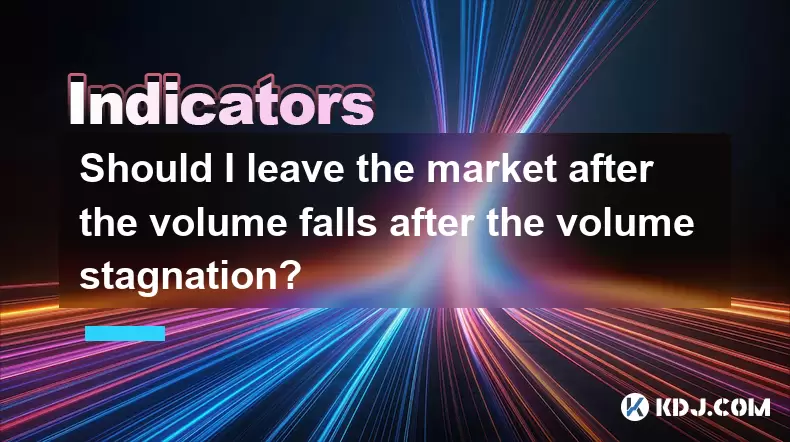
Understanding Volume Stagnation in Cryptocurrency Markets
In cryptocurrency trading, volume stagnation refers to a period where the trading volume of an asset remains relatively flat or shows minimal movement over time. This phenomenon often occurs during consolidation phases or when market participants are uncertain about the next price direction. During such periods, traders might observe that price action lacks strong momentum, and trading activity is subdued, leading to hesitation among investors regarding whether to hold or exit their positions.
Volume stagnation typically reflects a balance between buying and selling pressure. In this phase, neither bulls nor bears have control, which can lead to sideways price movement. It's important to recognize that volume stagnation is not inherently bearish; rather, it signals indecision and could precede a breakout in either direction depending on subsequent market catalysts.
The Implication of Falling Volume After Stagnation
When volume falls after a period of stagnation, it may suggest a decline in interest from traders and investors. A drop in volume following stagnant levels can indicate weakening liquidity or reduced confidence in the current trend. This scenario often raises concerns among traders who entered positions during the consolidation phase, prompting them to question whether they should continue holding or consider exiting.
A significant drop in volume after stagnation may be interpreted as a warning sign, especially if it coincides with other technical indicators pointing toward weakness. For instance, if price begins to fall alongside decreasing volume, it may signal a lack of support at current levels and potentially foreshadow further downside movement. However, volume alone should not be used in isolation for decision-making; it must be analyzed in conjunction with price patterns and broader market conditions.
Evaluating Market Context Before Making a Decision
Before deciding whether to leave the market due to falling volume after stagnation, it is essential to assess the broader market context. Is the cryptocurrency in question part of a larger downtrend, or is it consolidating within a healthy uptrend? The answer to this question can significantly influence your strategy.
- Consider the overall trend: If the asset is still within a defined uptrend despite the recent volume drop, exiting prematurely might result in missing out on potential gains once volume picks up again.
- Look at key support and resistance levels: If price is holding above critical support and there’s no major breakdown, the volume decline may just reflect temporary market calm.
- Monitor macroeconomic factors: Events such as regulatory news, changes in monetary policy, or sector-specific developments can impact sentiment and volume dynamics.
Each of these elements contributes to a more comprehensive understanding of whether the drop in volume is a temporary lull or the beginning of a more sustained reversal.
Technical Indicators That Complement Volume Analysis
To make a more informed decision, traders should incorporate additional technical tools that complement volume analysis. Some commonly used indicators include:
- Moving Averages (MA): These help identify trends and potential reversals. A crossover of short-term and long-term moving averages can confirm shifts in momentum.
- Relative Strength Index (RSI): RSI readings below 30 may suggest oversold conditions, while values above 70 indicate overbought scenarios. Combining RSI with volume behavior can offer insight into possible exhaustion points.
- On-Balance Volume (OBV): This indicator uses volume flow to predict changes in stock price. A rising OBV suggests accumulation, while a declining OBV indicates distribution.
Using these tools in tandem with volume observations allows traders to filter out noise and focus on high-probability setups. For example, if volume drops but RSI remains neutral and price holds above key support, it may not be necessary to exit immediately.
Practical Steps for Deciding Whether to Exit
If you're considering leaving the market due to falling volume after a period of stagnation, here are some practical steps to guide your decision-making process:
- Review your entry logic: Reassess why you initially entered the trade. Has the underlying reason changed?
- Check for any fundamental deterioration: Investigate whether there has been negative news or developments affecting the project or ecosystem.
- Evaluate your risk-reward ratio: Determine whether the potential upside still justifies remaining in the position given the current uncertainty.
- Set clear stop-loss and take-profit levels: Having predefined exit points helps remove emotional bias from trading decisions.
- Observe how the market reacts to upcoming events or news: Sometimes, a lack of volume simply means the market is waiting for a catalyst before resuming its trend.
These steps ensure that your decision to stay or leave is based on objective criteria rather than impulse or fear-driven reactions.
Frequently Asked Questions
Q1: Can volume stagnation be a sign of accumulation by large players?
Yes, volume stagnation can sometimes indicate accumulation by institutional investors or whales. During these periods, smart money may quietly build positions without causing noticeable price movement, especially if the asset is fundamentally strong.
Q2: How long does volume stagnation usually last in crypto markets?
The duration varies depending on market conditions. Some assets may experience volume stagnation for a few days, while others may remain in consolidation for weeks or even months before breaking out.
Q3: Does low volume always mean a bearish signal?
No, low volume is not inherently bearish. It often signifies indecision rather than a definitive directional bias. Traders should look for confirmation through price action and other technical indicators before drawing conclusions.
Q4: Should I adjust my position size during volume stagnation?
Adjusting position size depends on your risk tolerance and strategy. Some traders reduce exposure during low-volume periods to mitigate uncertainty, while others maintain their stance if fundamentals remain intact.
Disclaimer:info@kdj.com
The information provided is not trading advice. kdj.com does not assume any responsibility for any investments made based on the information provided in this article. Cryptocurrencies are highly volatile and it is highly recommended that you invest with caution after thorough research!
If you believe that the content used on this website infringes your copyright, please contact us immediately (info@kdj.com) and we will delete it promptly.
- Cryptos, Web3, Growth: What's Hot in the Streets (and on the Blockchain) for 2025
- 2025-06-30 06:30:12
- XRPL Validator Vet Sets the Record Straight: XRP, Not Your Typical US-Based Crypto
- 2025-06-30 06:30:12
- BNB, Maxwell Fork, and BSC Mainnet: Navigating Speed, Stability, and Geopolitical Tides
- 2025-06-30 06:50:12
- Bitcoin Price, Younger Generations, and AI Job Displacement: A Perfect Storm?
- 2025-06-30 07:30:12
- South Korea & Altcoins: Trading Volume Heats Up!
- 2025-06-30 07:30:12
- Pi Network: Navigating Token Price and Selling Pressure in a Buzzing Ecosystem
- 2025-06-30 07:50:12
Related knowledge
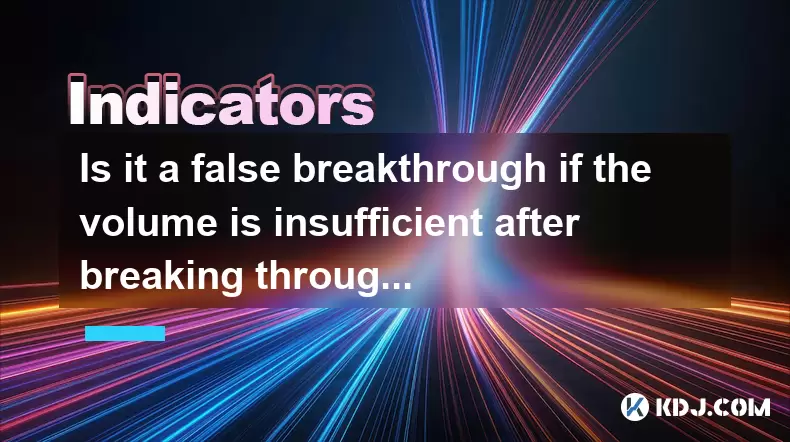
Is it a false breakthrough if the volume is insufficient after breaking through the previous high?
Jun 30,2025 at 12:07am
Understanding Breakthroughs in Cryptocurrency TradingIn the world of cryptocurrency trading, a breakthrough refers to a situation where the price of an asset moves beyond a previously established resistance level. This event often signals potential momentum and may indicate a continuation of an upward trend. However, not all breakthroughs are created eq...
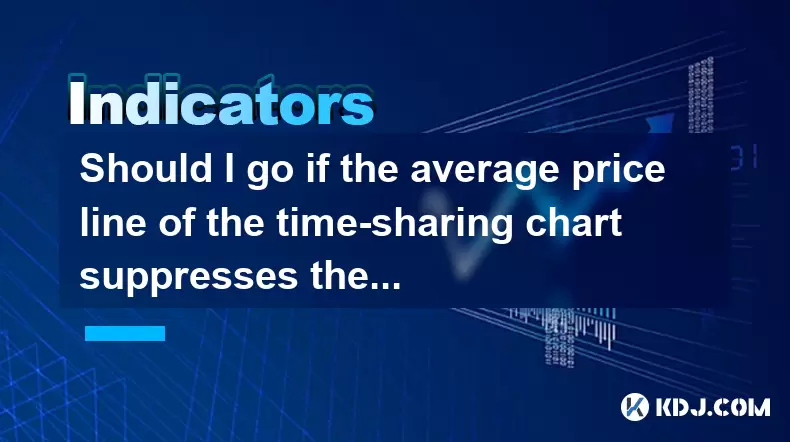
Should I go if the average price line of the time-sharing chart suppresses the rebound?
Jun 28,2025 at 05:14pm
Understanding the Time-Sharing Chart and Average Price LineThe time-sharing chart is a real-time chart used in cryptocurrency trading to visualize price movements over short intervals, typically within a single trading day. It provides traders with insights into intraday volatility and momentum. The average price line, often calculated as a moving avera...
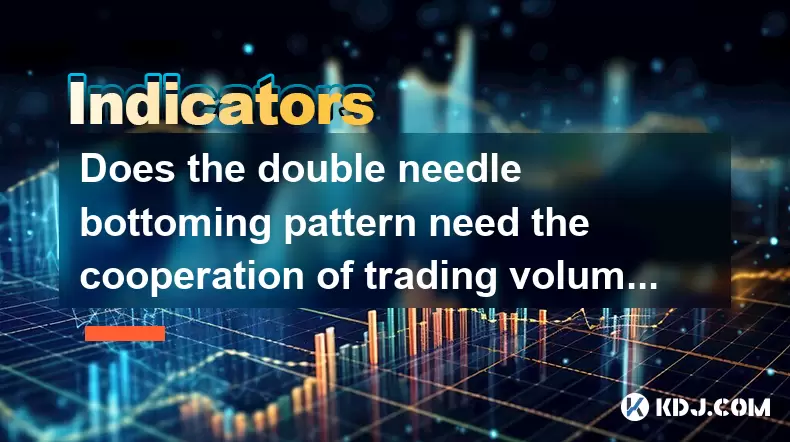
Does the double needle bottoming pattern need the cooperation of trading volume?
Jun 29,2025 at 06:29pm
Understanding the Double Needle Bottoming PatternThe double needle bottoming pattern is a significant technical analysis formation often observed in cryptocurrency charts. It typically appears after a downtrend and signals a potential reversal to an uptrend. Visually, it consists of two consecutive candlesticks with long lower shadows and small real bod...
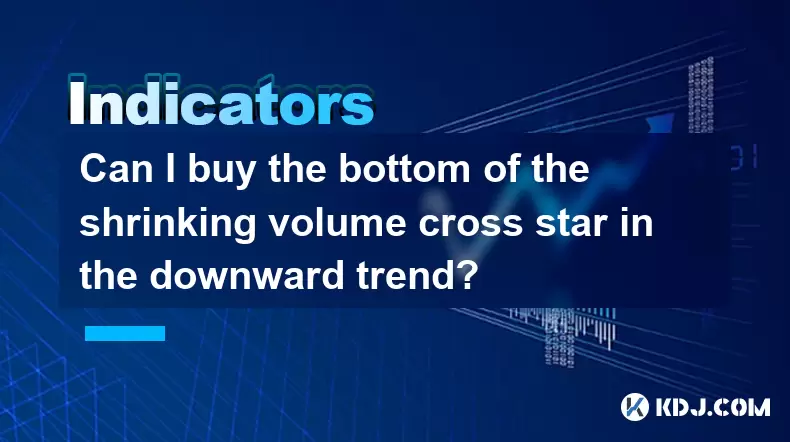
Can I buy the bottom of the shrinking volume cross star in the downward trend?
Jun 30,2025 at 01:35am
Understanding the Shrinking Volume Cross Star PatternA shrinking volume cross star is a candlestick pattern that typically appears during a downtrend. It consists of a small-bodied candle with nearly equal-length upper and lower shadows, resembling a cross or a plus sign. The key characteristic of this pattern is the declining trading volume, which sugg...
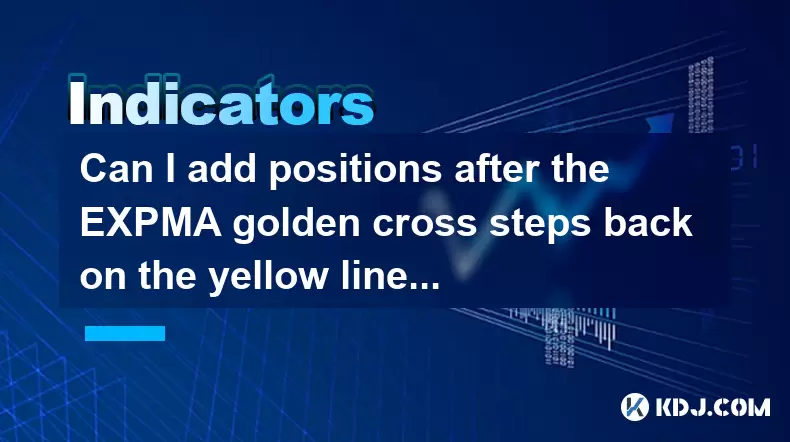
Can I add positions after the EXPMA golden cross steps back on the yellow line?
Jun 28,2025 at 11:57am
Understanding the EXPMA Indicator and Its RelevanceThe EXPMA (Exponential Moving Average) is a technical analysis tool used by traders to identify trends and potential entry or exit points in financial markets, including cryptocurrency trading. Unlike simple moving averages, EXPMA gives more weight to recent price data, making it more responsive to new ...

How to operate the next day after the daily limit is released with huge volume?
Jun 28,2025 at 12:35pm
Understanding the Daily Limit and Its ReleaseIn cryptocurrency trading, daily limits are often set by exchanges to manage volatility or during periods of high market activity. These limits can restrict how much an asset's price can fluctuate within a 24-hour period. When the daily limit is released, it typically means that the price cap has been lifted,...

Is it a false breakthrough if the volume is insufficient after breaking through the previous high?
Jun 30,2025 at 12:07am
Understanding Breakthroughs in Cryptocurrency TradingIn the world of cryptocurrency trading, a breakthrough refers to a situation where the price of an asset moves beyond a previously established resistance level. This event often signals potential momentum and may indicate a continuation of an upward trend. However, not all breakthroughs are created eq...

Should I go if the average price line of the time-sharing chart suppresses the rebound?
Jun 28,2025 at 05:14pm
Understanding the Time-Sharing Chart and Average Price LineThe time-sharing chart is a real-time chart used in cryptocurrency trading to visualize price movements over short intervals, typically within a single trading day. It provides traders with insights into intraday volatility and momentum. The average price line, often calculated as a moving avera...

Does the double needle bottoming pattern need the cooperation of trading volume?
Jun 29,2025 at 06:29pm
Understanding the Double Needle Bottoming PatternThe double needle bottoming pattern is a significant technical analysis formation often observed in cryptocurrency charts. It typically appears after a downtrend and signals a potential reversal to an uptrend. Visually, it consists of two consecutive candlesticks with long lower shadows and small real bod...

Can I buy the bottom of the shrinking volume cross star in the downward trend?
Jun 30,2025 at 01:35am
Understanding the Shrinking Volume Cross Star PatternA shrinking volume cross star is a candlestick pattern that typically appears during a downtrend. It consists of a small-bodied candle with nearly equal-length upper and lower shadows, resembling a cross or a plus sign. The key characteristic of this pattern is the declining trading volume, which sugg...

Can I add positions after the EXPMA golden cross steps back on the yellow line?
Jun 28,2025 at 11:57am
Understanding the EXPMA Indicator and Its RelevanceThe EXPMA (Exponential Moving Average) is a technical analysis tool used by traders to identify trends and potential entry or exit points in financial markets, including cryptocurrency trading. Unlike simple moving averages, EXPMA gives more weight to recent price data, making it more responsive to new ...

How to operate the next day after the daily limit is released with huge volume?
Jun 28,2025 at 12:35pm
Understanding the Daily Limit and Its ReleaseIn cryptocurrency trading, daily limits are often set by exchanges to manage volatility or during periods of high market activity. These limits can restrict how much an asset's price can fluctuate within a 24-hour period. When the daily limit is released, it typically means that the price cap has been lifted,...
See all articles

























































































